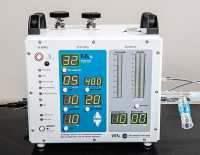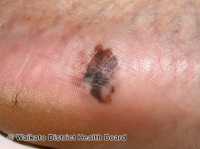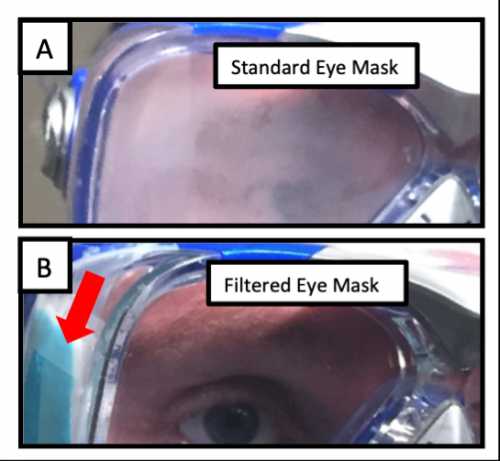MedicalResearch.com Interview with:
 Peter Jüni, MD, FESC
Director, Applied Health Research Centre
Li Ka Shing Knowledge Institute of St Michael's Hospital
Department of Medicine
University of Toronto, Ontario
MedicalResearch.com: What is the background for this study?
Response: It is unclear whether seasonal changes, school closures or other public health interventions will result in a slowdown of the current coronavirus disease 2019 (COVID-19) pandemic. We studied 144 geopolitical areas around the world with more than 375,000 COVID-19 cases by March 27 to determine whether epidemic growth is globally associated with climate or public health interventions intended to reduce transmission of severe acute respiratory syndrome coronavirus 2 (SARS-CoV-2).
(more…)
Peter Jüni, MD, FESC
Director, Applied Health Research Centre
Li Ka Shing Knowledge Institute of St Michael's Hospital
Department of Medicine
University of Toronto, Ontario
MedicalResearch.com: What is the background for this study?
Response: It is unclear whether seasonal changes, school closures or other public health interventions will result in a slowdown of the current coronavirus disease 2019 (COVID-19) pandemic. We studied 144 geopolitical areas around the world with more than 375,000 COVID-19 cases by March 27 to determine whether epidemic growth is globally associated with climate or public health interventions intended to reduce transmission of severe acute respiratory syndrome coronavirus 2 (SARS-CoV-2).
(more…)
 Peter Jüni, MD, FESC
Director, Applied Health Research Centre
Li Ka Shing Knowledge Institute of St Michael's Hospital
Department of Medicine
University of Toronto, Ontario
MedicalResearch.com: What is the background for this study?
Response: It is unclear whether seasonal changes, school closures or other public health interventions will result in a slowdown of the current coronavirus disease 2019 (COVID-19) pandemic. We studied 144 geopolitical areas around the world with more than 375,000 COVID-19 cases by March 27 to determine whether epidemic growth is globally associated with climate or public health interventions intended to reduce transmission of severe acute respiratory syndrome coronavirus 2 (SARS-CoV-2).
(more…)
Peter Jüni, MD, FESC
Director, Applied Health Research Centre
Li Ka Shing Knowledge Institute of St Michael's Hospital
Department of Medicine
University of Toronto, Ontario
MedicalResearch.com: What is the background for this study?
Response: It is unclear whether seasonal changes, school closures or other public health interventions will result in a slowdown of the current coronavirus disease 2019 (COVID-19) pandemic. We studied 144 geopolitical areas around the world with more than 375,000 COVID-19 cases by March 27 to determine whether epidemic growth is globally associated with climate or public health interventions intended to reduce transmission of severe acute respiratory syndrome coronavirus 2 (SARS-CoV-2).
(more…)



























